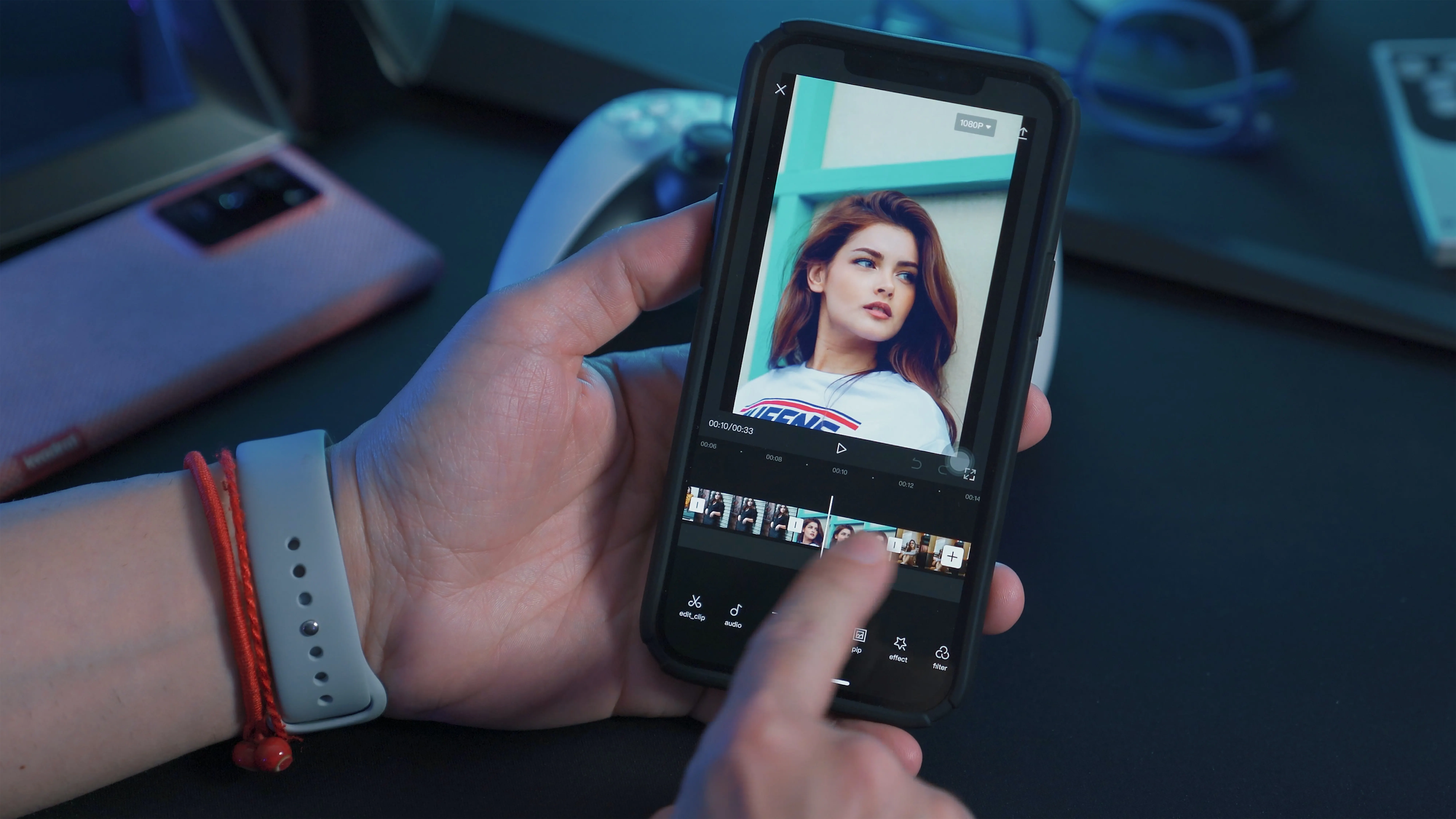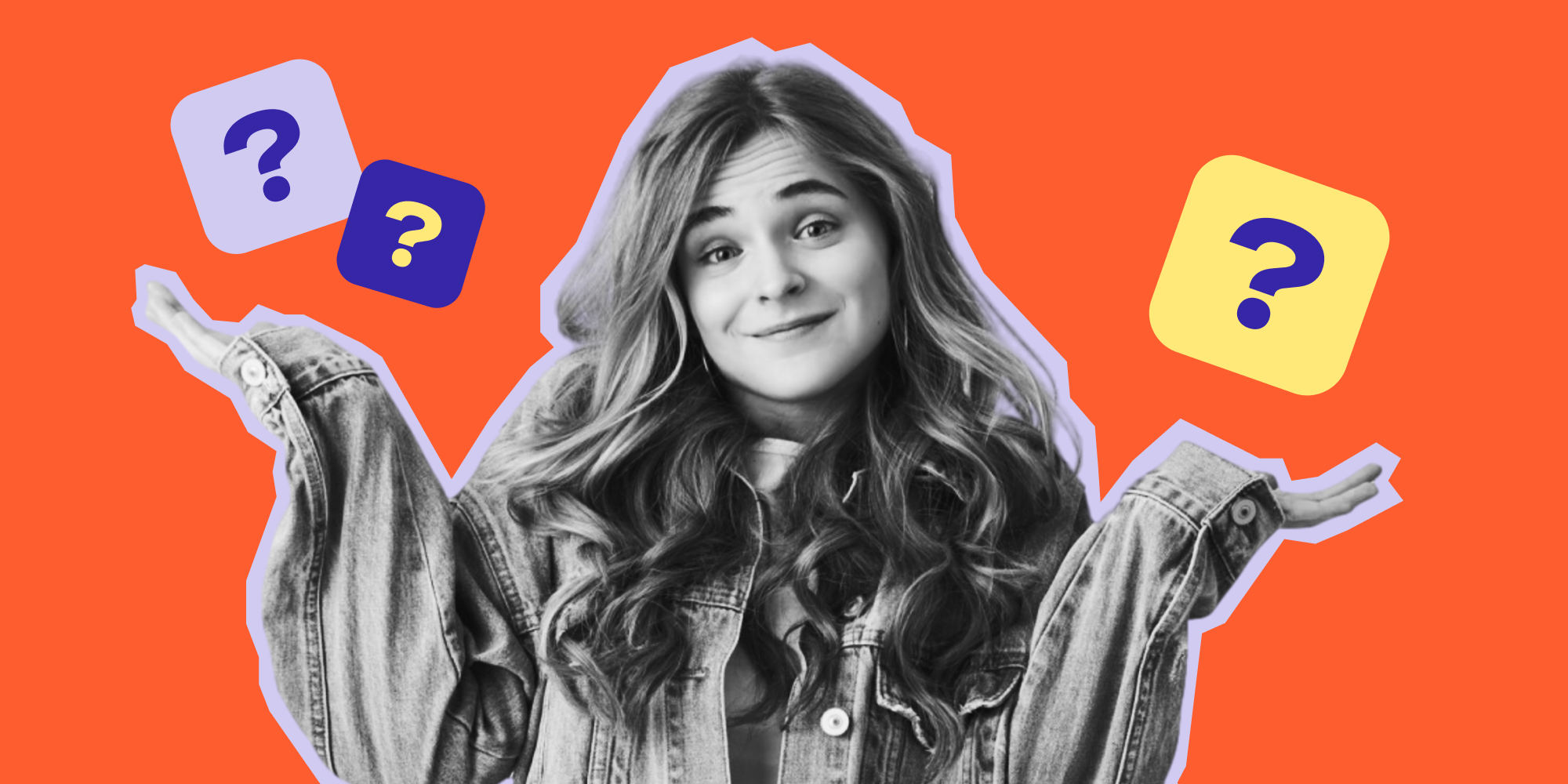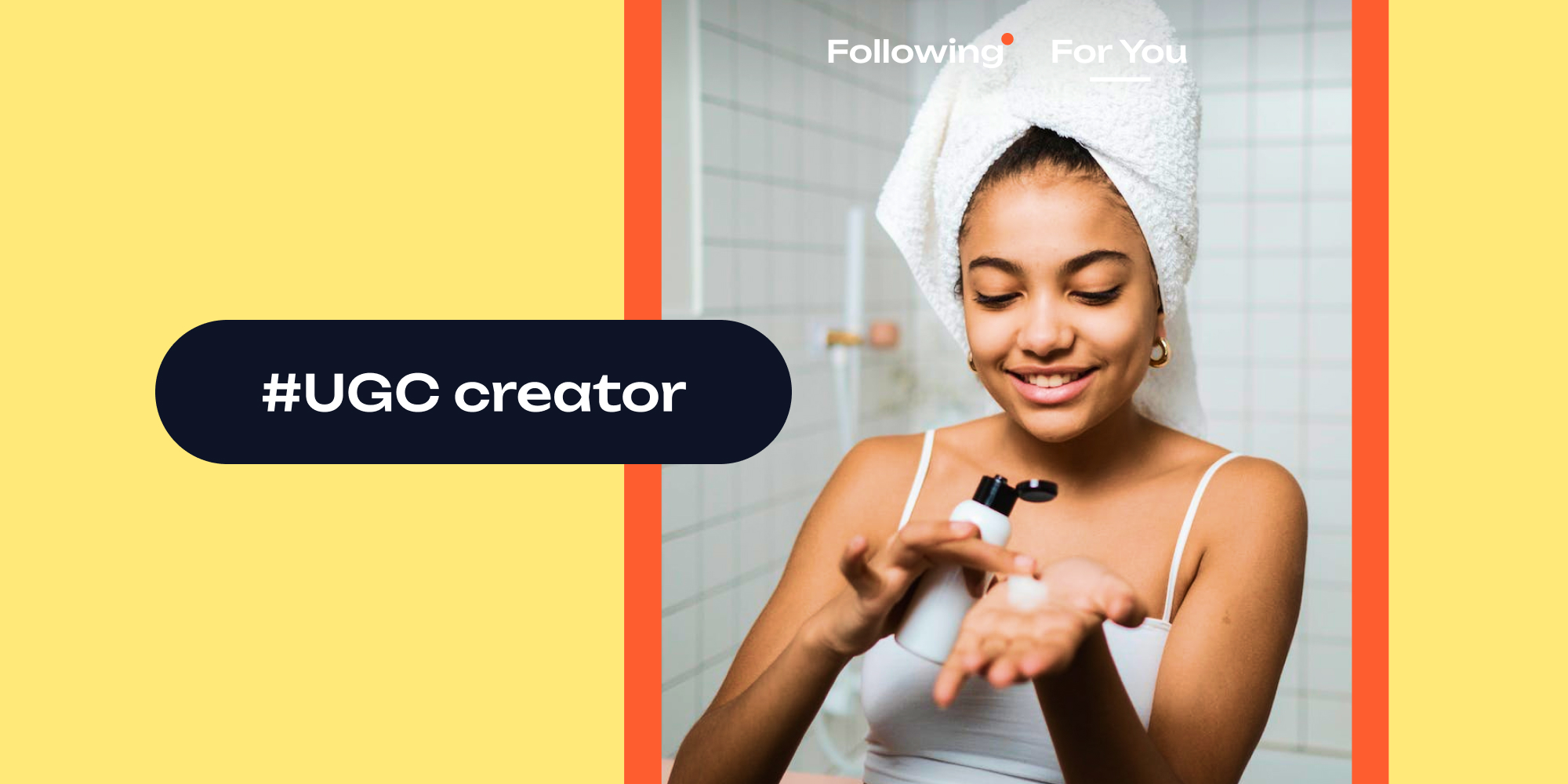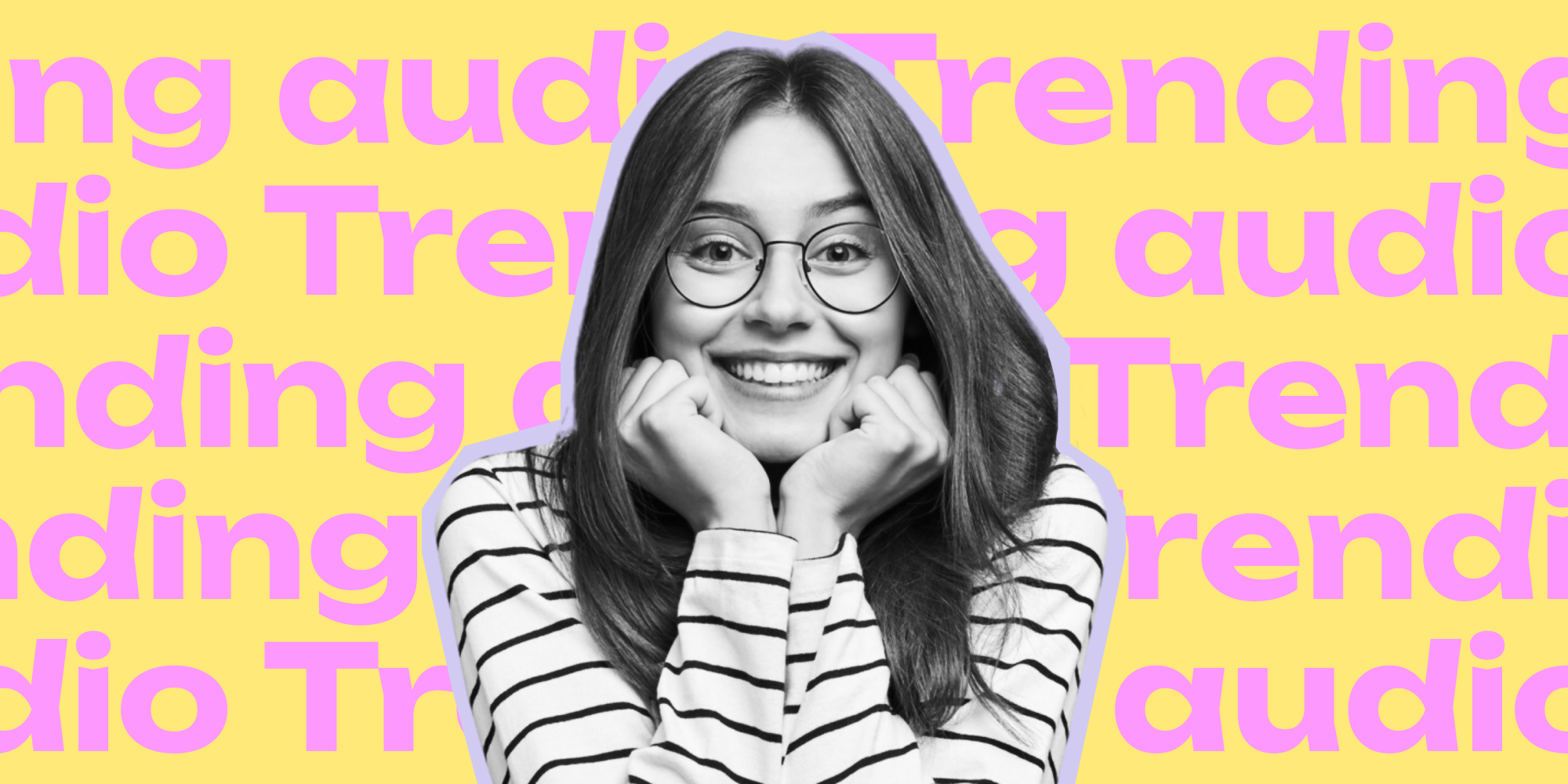Welcome to the digital age, where the term digital creator is not just a buzzword but a pivotal role in the online landscape. But what is a digital creator, exactly? This question buzzes in the minds of many as we navigate through the endless streams of content on various platforms. In this ever-evolving digital world, understanding what a digital creator is and, more importantly, what a digital creator does becomes essential.
Whether you're a budding content enthusiast, a business owner seeking to expand your digital footprint, or just a curious netizen, comprehending the depth and breadth of what a digital creator does is crucial. This article sheds light on the multifaceted world of digital creators. From crafting engaging content to shaping digital trends, what a digital creator does is at the heart of today's social media culture. Join us as we explore this dynamic field, where creativity and technology merge to define the pulse of the digital era.
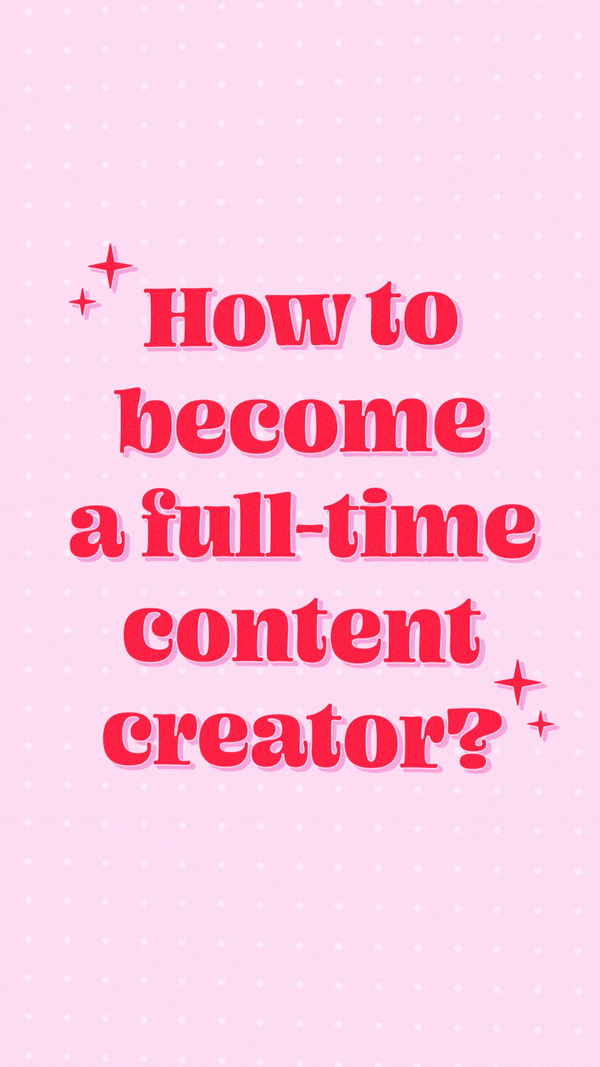 Stop spending hours creating content!
Stop spending hours creating content!
Get Lift and create captivating content with customized templates and trending audio.

Navigation:
- Digital creator on Instagram: what does it mean?
- What does digital creator mean on Facebook?
- Pros and cons of being a digital creator
- How to become a digital creator in 10 steps?
- What skills do you need to be a digital creator?
- How does a digital creator make money?
What Is a Digital Creator?
What does a digital creator do? A digital creator on Instagram is an individual who produces content primarily for digital consumption on the Instagram platform. This role encompasses various activities and content types tailored to engage and grow an audience within the Instagram ecosystem.
Here are some key aspects of what being a digital creator on Instagram entails:
- Content Creation: Digital creators on Instagram produce various forms of content such as images, videos, Reels, Stories, and IGTV videos. This content is often creative, visually appealing, and designed to resonate with their specific audience.
- Engagement and Community Building: They actively engage with their followers through comments, direct messages, and interactive features like polls and Q&As in Stories. Building a community around their content is a crucial part of their role.
- Trend Adaptation: Staying abreast of and adapting to new trends, algorithm changes, and features on Instagram is key to a digital creator’s success. They often leverage trending hashtags, sounds, and topics to increase their content's reach.
- Consistency and Branding: Maintaining a consistent posting schedule and a coherent visual and thematic style is important. This helps in establishing a recognizable personal or professional brand.
- Collaboration and Partnerships: Many digital creators on Instagram collaborate with other creators and brands. These collaborations can range from sponsored content and endorsements to joint content creation.
Related reading: UGC Creator Jobs: 2024 Guide
What Does Digital Creator Mean on Facebook?
A digital creator on Facebook is a person who produces and shares digital content on the platform. This content can vary widely but typically includes things like videos, photos, written posts, and live streams. Digital creators often aim to build a following or community around their content, focusing on anything from lifestyle and beauty to gaming and education.
These creators might use Facebook's various tools and features to engage with their audience, such as:
- Facebook Pages: A public profile specifically created for businesses, brands, celebrities, causes, and other organizations. Digital creators often use Pages to share their content, interact with fans, and provide updates.
- Facebook Groups: Some creators might create or participate in Facebook Groups to foster a community around a specific topic or interest related to their content.
- Facebook Live: This feature allows creators to stream live video content to their audience, which can be a powerful way to interact in real-time.
What Are The Pros And Cons Of Being A Digital Creator?
Being a digital creator offers a unique set of advantages and challenges. It's a role that has grown in popularity and significance in the digital age, especially with the rise of platforms like Instagram, YouTube, TikTok, and others. Here’s a look at the pros and cons of being a digital creator:
|
Pros |
Cons |
| Creative Freedom: Digital creators can express themselves creatively and produce content that resonates with their interests and passions. |
Pressure to Constantly Create: The need to regularly produce content to stay relevant can be demanding and lead to burnout. |
|
Potential for High Earnings: Successful digital creators can earn significant income through various channels like sponsorships, ad revenue, merchandise sales, and more. |
Saturation of the Market: The digital space is becoming increasingly crowded, making it challenging to stand out and grow an audience. |
|
Flexible Schedule: Unlike traditional jobs, digital creators often have the flexibility to set their own schedules and work from anywhere. |
Income Instability: Earnings can be unpredictable and fluctuate based on factors like algorithm changes, market trends, and audience engagement. |
|
Opportunities for Collaboration: There are ample opportunities to collaborate with brands, other creators, and professionals in the industry, which can enhance exposure and growth. |
Exposure to Criticism: Digital creators are often in the public eye and subject to criticism, negative feedback, or trolling, which can be challenging to manage emotionally. |
|
Skills Growth: Being a digital creator requires and hones many skills, such as video production, editing, social media marketing, and brand development. |
Algorithm Dependence: Reliance on social media algorithms can be risky, as changes can dramatically affect content reach and visibility. |
|
Building a Community: Digital creators can build and interact with a community of followers who share similar interests. |
Privacy Concerns: Sharing content online can lead to privacy issues and sometimes unwanted attention. |
How To Become a Digital Creator in 10 Steps?
While being a digital creator can be immensely rewarding and offer unique opportunities for personal and professional growth, it also comes with its own set of challenges and pressures. Balancing creativity with the practical aspects of managing a digital presence is key to thriving in this role.
Becoming a digital creator involves several key steps, each focusing on building your presence, audience, and content strategy across digital platforms like social media, blogs, or video-sharing websites.
Here's a general guide on how to become a digital creator:
- Identify Your Niche and Audience: Determine what you are passionate about and what you can consistently create content on. It could be anything from cooking, fitness, technology, and art to educational content. Understanding who your target audience is will also help tailor your content to their interests.
- Choose Your Platform or Multiple Platforms: Depending on your content type, choose a platform that suits it best. For instance, YouTube is great for long-form videos, Instagram for visually appealing content, and Facebook for a broad audience demographic. You can start with one platform and then expand to others.
- Create Quality Content: Your content should be engaging, informative, or entertaining. Invest in good equipment if necessary (like a decent camera for video or a good microphone for podcasts). Also, learn basic editing skills to enhance your content's quality.
- Be Consistent: Regular posting is key in building an audience. Create a content calendar to plan your posts. Consistency helps in keeping your audience engaged and growing your presence.
- Engage with Your Audience: Interact with your followers through comments, messages, and live sessions. Building a community around your content is crucial for long-term success.
- Leverage Social Media: Utilize various social media platforms to promote your content and engage with your audience. Each platform has unique features and audience demographics, so tailor your approach accordingly.
- Learn and Adapt: Keep an eye on trends and analytics. Platforms like Facebook, Instagram, and YouTube provide insights into how your content is performing. Use this data to understand what works and refine your strategy.
- Explore Monetization Options: Once you have a significant following, explore monetization options like ads, sponsorships, merchandise, or subscriptions. Each platform has different ways to monetize content.
- Work on Your Network: Connect with other creators. Collaboration can help you reach a wider audience and learn from others.
- Get Patient and Be Persistent: Growth can be slow initially, and the digital creation space is competitive. Stay focused on your goals and be persistent.
Here are some working tips from Anya, a successful digital creator:
"The first thing people need to do is START! Many people overthink and overcomplicate the content creator world; however, it forms naturally, and people need to start to learn and adapt! It’s not an overnight process. People will learn new skills and grow their confidence from trialing new things! The main objective is to create content and be consistent. With these two combined, you will inevitably grow and gain opportunities.
The benefits of becoming a creator are so vast! The main bonus is being paid for little work and little ease! You can earn a full-time salary for part-time hours and work from anywhere in the world. It has opened up a new level of work and ways to earn money! You can meet so many great communities and work with your favorite brands"!
Remember, the journey of each digital creator is unique. It's important to stay true to your style and values while being open to learning and adapting along the way.
How to Become a Digital Creator with the Help of Lift
Becoming a digital creator with the Lift: Reels & Story Maker tool can streamline your journey into the world of content creation on platforms like Instagram. This tool is designed to assist in creating engaging reels and stories, essential components for any aspiring digital creator. Here's a step-by-step guide on how to leverage this tool effectively:
- Download Lift: Start by downloading the Lift: Reels & Story Maker from your App Store. Familiarize yourself with its interface and features. This might include various templates, editing tools, and effects that can enhance your content.
- Use the AI features: Generate background, remove background, or use the Magic Eraser tool to create the image you need and remove unwanted objects from your photos.
- Make Compelling Stories: Stories are great for real-time engagement. Use Lift to design stories that are visually appealing. This could include announcements, day-in-the-life snippets, or interactive content like polls and questions.
- Create Reels in Minutes: Use Lift to create reels. Get access to reels to any liking.
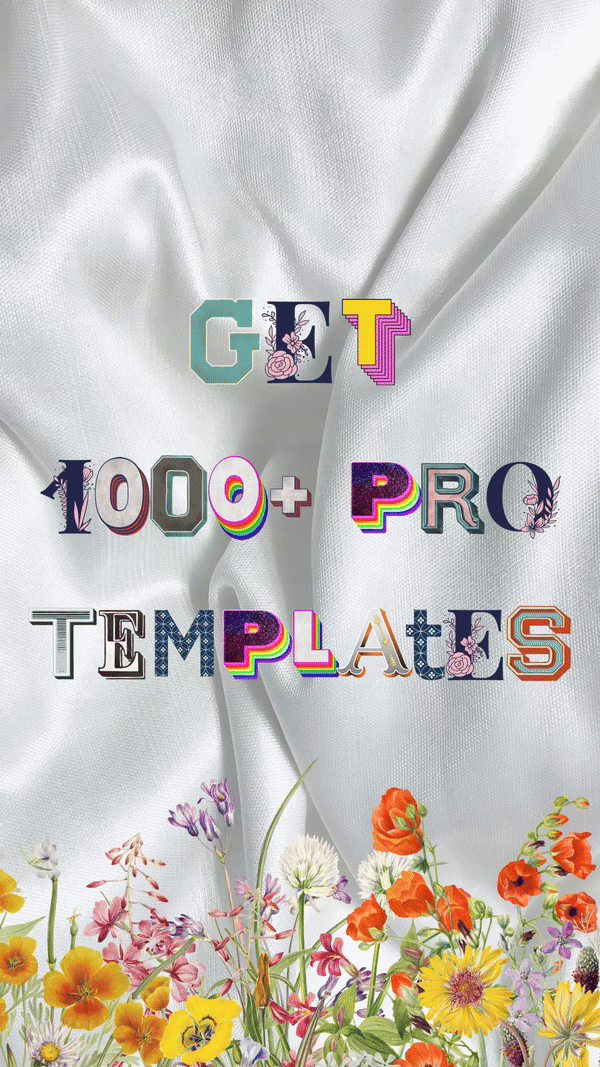
Struggling to find the perfect reel templates?
With the Lift app, you’ll get access to an endless number of reel templates.
Related reading: 10 Must-Have Apps For Small Businesses to Boost Productivity in 2024
What Skills Do You Need to Become a Digital Creator?
To become a successful digital creator, you need a combination of creative, technical, and interpersonal skills. Here's a breakdown of some essential skills:
Content Creation Skills:
- Creativity and Originality: Ability to generate unique and engaging content ideas.
- Storytelling: Crafting your content in a way that captivates and retains your audience’s attention.
- Photography/Videography: Basic skills in shooting high-quality photos or videos.
- Writing and Editing: For blogs or social media posts, good writing skills are crucial, along with basic editing skills.
- Digital Literacy: Familiarity with the internet, social media platforms, and digital tools.
- Video Editing: Skills in using video editing software (like Adobe Express free video editor, Final Cut Pro, or simpler tools like iMovie).
- Graphic Design: Basic knowledge of design tools like Adobe Photoshop or Canva, especially for creating thumbnails, images, or branding materials.
- Audio Production: For podcasters or video creators, basic knowledge of audio recording and editing.
- Platform Knowledge: Understanding the features and audience of each social media platform.
- SEO and Algorithms: Basic knowledge of SEO for blogs or YouTube and understanding how algorithms work on different platforms to maximize content reach.
- Personal Branding: Ability to market oneself and create a personal brand identity.
- Social Media Marketing: Strategies to promote content, including using hashtags, collaborations, and engagement tactics.
- Networking: Building connections with other creators, brands, and your audience.
Business and Monetization Skills:
- Entrepreneurial Skills: Understanding how to turn your content into a business or revenue stream.
- Negotiation Skills: For dealing with sponsors or brands.
- Financial Management: Managing earnings, investments, and expenses.
- Communication Skills: Engaging effectively with your audience and collaborators.
- Adaptability: Staying flexible and adapting to changing trends and platform dynamics.
- Patience and Perseverance: Growth can be slow, and the field is competitive.
- Time Management: Balancing content creation with other responsibilities.
Analytical Skills:
- Data Analysis: Interpreting analytics to understand audience behavior and content performance.
Here’s what, Ana - digital creator on TikTok, has to say about a digital creator skills:
"In essence, a digital creator is someone who blends originality with a deep understanding of their audience, creating content that not only attracts viewers but keeps them coming back for more."
How Does a Digital Creator Make Money?
Digital creators have various avenues to monetize their content and online presence. Here are some of the common ways:
- Sponsored Posts: Collaborating with brands to create sponsored content.
- Affiliate Marketing: Promoting products and earning a commission on sales.
- Instagram Shopping: Selling products directly through Instagram posts.
- IGTV Ads: Monetizing longer videos on IGTV with ads.
- Exclusive Content on Instagram Stories: Some creators use this feature for exclusive, paid content.
TikTok
- TikTok Creator Fund: Earning money based on video views and engagement.
- Sponsored Content: Creating content in partnership with brands.
- Live Gifts: Receiving virtual gifts from viewers during live streams which can be converted to cash.
- Affiliate Marketing: Promoting products in videos.
YouTube
- Ad Revenue: Through the YouTube Partner Program, creators earn money from ads shown in their videos.
- Channel Memberships: Subscribers pay a monthly fee for special perks like exclusive videos, badges, and emojis.
- Super Chat and Super Stickers: During live streams, viewers can pay to highlight their messages.
- Affiliate Marketing: Including affiliate links in video descriptions.
- Sponsored Content: Creating videos sponsored by brands.
- Merch Shelf: Selling merchandise directly through YouTube.
- Facebook Ads: Earning ad revenue from videos.
- Sponsored Content: Partnering with brands to create posts or videos.
- Fan Subscriptions: Monthly subscription service for exclusive content.
- Affiliate Marketing: Sharing affiliate links in posts.
Blogging
- Ad Networks: Such as Google AdSense, where ads are placed on the blog.
- Sponsored Content: Writing sponsored blog posts.
- Affiliate Marketing: Earning commissions from product/service links in blog posts.
- Selling Products or Services: Like e-books, courses, or consulting services.
Podcasts
- Sponsorships: Featuring sponsored segments or ad reads.
- Donations: From listeners via platforms like Patreon.
- Subscription Models: Exclusive content for subscribers.
- Affiliate Marketing: Promoting products and including affiliate links in show notes.
Patreon and Similar Platforms
- Memberships: Fans pay a regular subscription for exclusive content, merchandise, or experiences.
- Tiered Rewards: Different levels of subscriptions offer varying rewards.
Etsy and Online Marketplaces
- Selling Handmade Goods: For creators who make physical products.
- Digital Products: Selling digital art, templates, or other downloadable items.
Selling Digital Products
E-books, courses, photography, digital art, and other downloadable products.
Licensing and Syndication
Creators may license their content for use by other media outlets or platforms.
Speaking Engagements and Workshops
As experts in their niche, creators might be invited to speak at events or conduct workshops.
Each platform has its unique features and audience, so creators often tailor their content and monetization strategies accordingly. Successful monetization also depends on the creator's niche, audience size, engagement rate, and content quality.
Parting Thoughts
Whether you're a budding creator looking to carve your niche or an avid follower keen on understanding the behind-the-scenes of your favorite online personalities, the landscape of digital creation is ever-evolving and full of opportunities.
Remember, at the heart of every successful digital creator's journey is a blend of passion, perseverance, and adaptability. The paths to monetization, audience engagement, and content innovation are as varied as the creators themselves, offering a kaleidoscope of possibilities to those willing to explore.
Read more:
